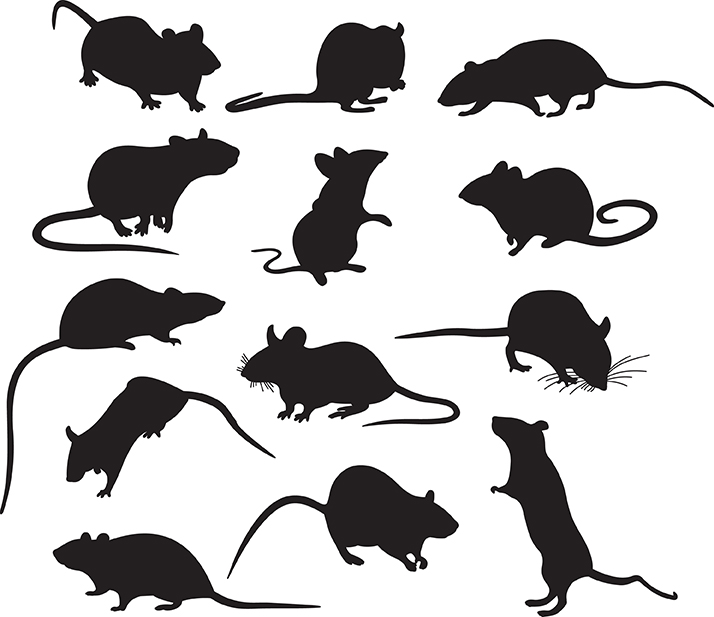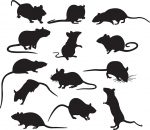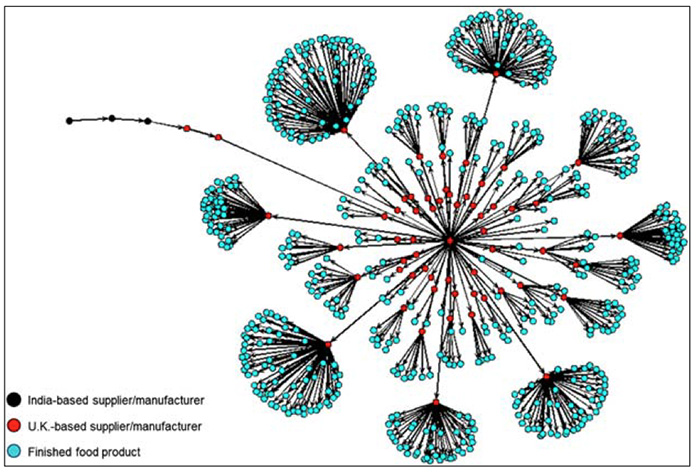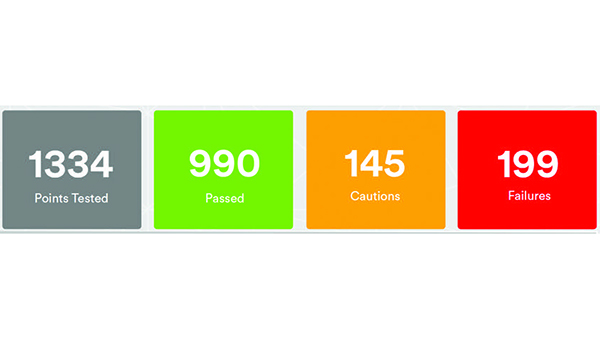The coronavirus pandemic has turned so many aspects of businesses upside down; it is changing how companies approach and execute their strategy. The issue touches all aspects of business and operations, and in a brief Q&A with Food Safety Tech, Mike Edgett of Sage touches on just a few areas in which the future of food manufacturing looks different.
Food Safety Tech: How are food manufacturers and meat processors using AI and robotics to mitigate risks posed by COVID-19?
Mike Edgett: Many food manufacturers and meat processors have had to look to new technologies to account for the disruptions caused by the COVID-19 pandemic. While most of these measures have been vital in preventing further spread of the virus (or any virus/disease that may present itself in the future), they’ve also given many food manufacturers insight into how these technologies could have a longer-term impact on their operations.
For instance, the mindset that certain jobs needed to be manual have been reconsidered. Companies are embracing automation (e.g., the boning and chopping of meat in a meatpacking plant) to replace historically manual processes. While it may take a while for innovations like this to be incorporated fully, COVID-19 has certainly increased appetite amongst executives who are trying to avoid shutdowns and expedited the potential for future adoption.
FST: What sanitation procedures should be in place to minimize the spread of pathogens and viruses?
Edgett: In the post-COVID-19 era, manufacturers must expand their view of sanitation requirements. It is more than whether the processing equipment is clean. Companies must be diligent and critical of themselves at every juncture—especially when it comes to how staff and equipment are utilized.
While working from home wasn’t a common practice in the manufacturing industry prior to March 2020, it will be increasingly popular moving forward. Such a setup will allow for a less congested workplace, as well as more space and time for bolstered sanitation practices to take place. Now and in the future, third-party cleaning crews will be used onsite and for machinery on a daily basis, with many corporations also experimenting with new ways to maintain the highest cleanliness standards.
This includes the potential for UV sterilization (a tactic that is being experimented with across industries), new ways to sterilize airflow (which is particularly important in meatpacking plants, where stagnant air is the enemy) and the inclusion of robotics (which could be used overnight to avoid overlap with human employees). These all have the potential to minimize the spread of pathogens and, ultimately, all viruses that may arise.

FST: How is the food industry adjusting to the remote working environment?
Edgett: While the pandemic has changed the ways businesses and employees work across most industries, F&B manufacturers did face some unique challenges in shifting to a remote working environment.
Manufacturing as a whole has always relied on the work of humans, overseeing systems, machinery and technology to finalize production—but COVID-19 has changed who and how many people can be present in a plant at once. Naturally, at the start of the pandemic, this meant that schedules and shifts had to be altered, and certain portions of managerial oversight had to be completed virtually.
Of course, with employee and consumer safety of paramount concern, cleaning crews and sanitation practices have taken precedent, and have been woven effectively and efficiently into altered schedules.
While workers that are essential to the manufacturing process have been continuing to work in many facilities, there will likely be expanded and extended work-from-home policies for other functions within the F&B manufacturing industry moving forward. This will result in companies needed to embrace technology that can support this work environment.
FST: Can you briefly explain how traceability is playing an even larger role during the pandemic?
Edgett: The importance of complete traceability for food manufacturers has never been greater. While traceability is by no means a new concept, COVID-19 has not only made it the number one purchasing decision for your customers, but [it is also] a vital public health consideration.
The good news is that much of the industry recognizes this. In fact, according to a survey conducted by Sage and IDC, manufacturing executives said a key goal of theirs is to achieve 100% traceability over production and supply chain, which serves as a large part of their holistic digital mission.
Traceability was already a critical concern for most manufacturers—especially those with a younger customer base. However, the current environment has shone an even greater spotlight on the importance of having a complete picture of not only where our food comes from—but [also] the facilities and machinery used in its production. Major budget allocations will surely be directed toward traceability over the next 5–10 years.


















 Tuesday morning I had my typical breakfast while running out the door – Trader Joe’s almond butter on a toasted whole grain waffle. Good, and good for you, as my mom likes to say. Then of course I got to my desk, looked through my daily FSQA news feeds, and saw that the peanut butter recall was expanded to almond butter – and to other brands besides Trader Joe’s from the supplier, Sunland!
Tuesday morning I had my typical breakfast while running out the door – Trader Joe’s almond butter on a toasted whole grain waffle. Good, and good for you, as my mom likes to say. Then of course I got to my desk, looked through my daily FSQA news feeds, and saw that the peanut butter recall was expanded to almond butter – and to other brands besides Trader Joe’s from the supplier, Sunland!